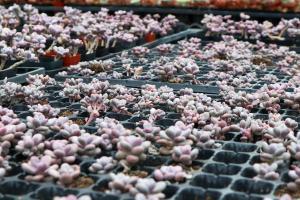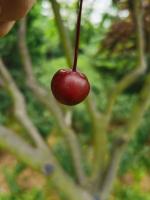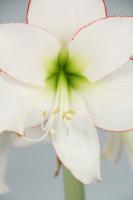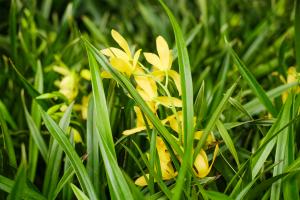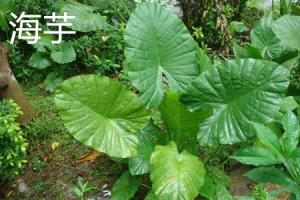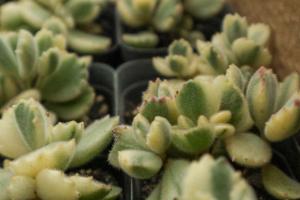1、 Suitable soil
It's best to change the soil before winter. It has good air permeability and sufficient nutrients. Humus soil can be used. Some nitrogen fertilizer can be mixed into the soil to ensure the nutrient demand of Epiphyllum in winter
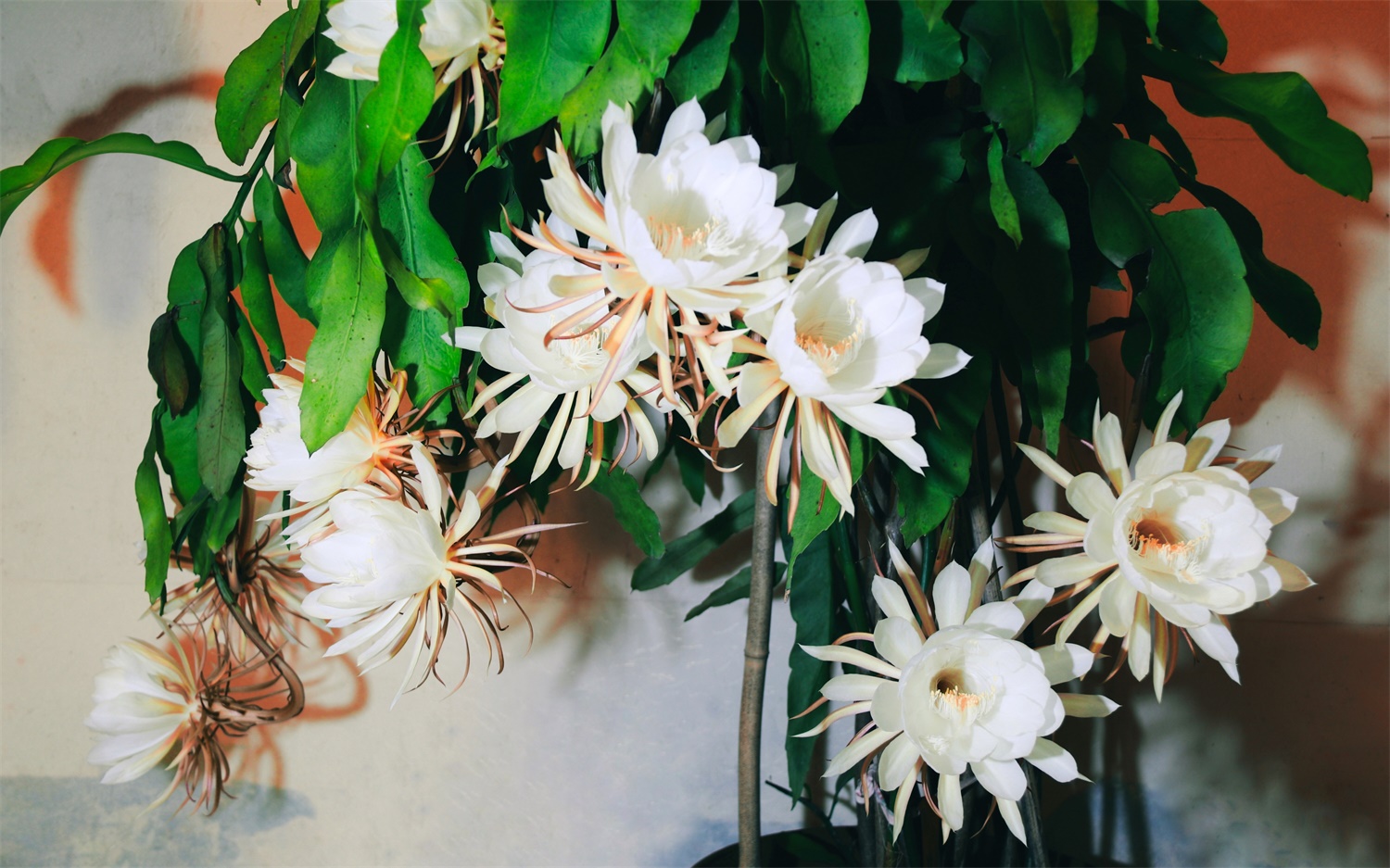
2、 Proper moisture
In winter, you can add an appropriate amount of water to Epiphyllum, but don't do too much. Generally speaking, it's OK to water every half a month or so. At this time, the water absorption capacity of the root is relatively weak, and too much water will cause it to rot
3、 Generally, fertilization is not required
If some base fertilizer has been mixed into the soil replaced before winter, no fertilizer can be applied directly in winter. If there is not enough nutrients in the soil, you can use an appropriate amount of fertilizer in winter, but the amount should not be too large and the concentration should not be too high
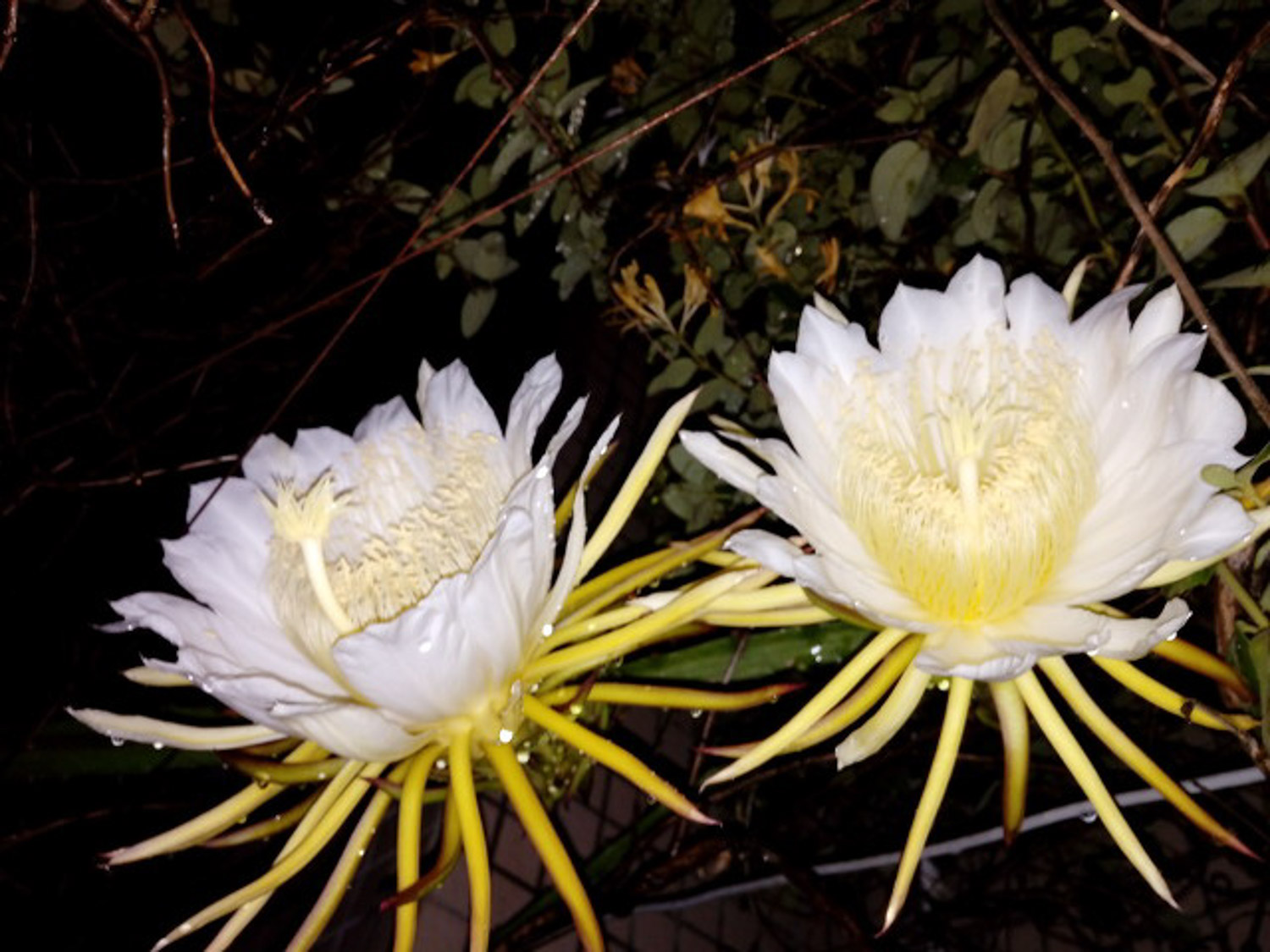
4、 Suitable temperature
In winter, it is very important to ensure that the temperature is suitable. Generally speaking, the cold tolerance of Epiphyllum is not particularly good, so temperature is very important. Specifically, the most suitable temperature is 15 to 22 degrees. If this range cannot be guaranteed, it is better not to be less than 10 degrees. If the temperature drops to zero, it will freeze
5、 Suitable light
It is also necessary to ensure good light conditions in winter, which is also very helpful for it to spend the winter. Generally speaking, it needs to receive at least four hours of light every day, which is also conducive to its growth in the coming year


 how many times do yo...
how many times do yo... how many planted tre...
how many planted tre... how many pine trees ...
how many pine trees ... how many pecan trees...
how many pecan trees... how many plants comp...
how many plants comp... how many plants can ...
how many plants can ... how many plants and ...
how many plants and ... how many pepper plan...
how many pepper plan...